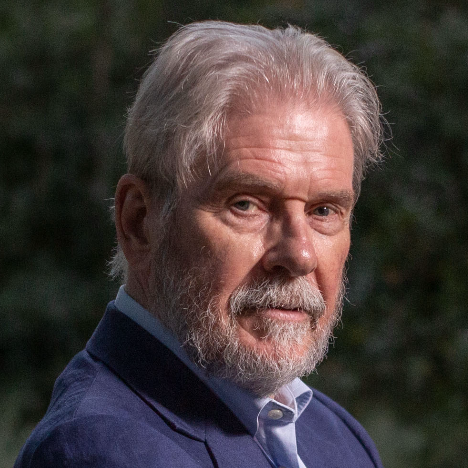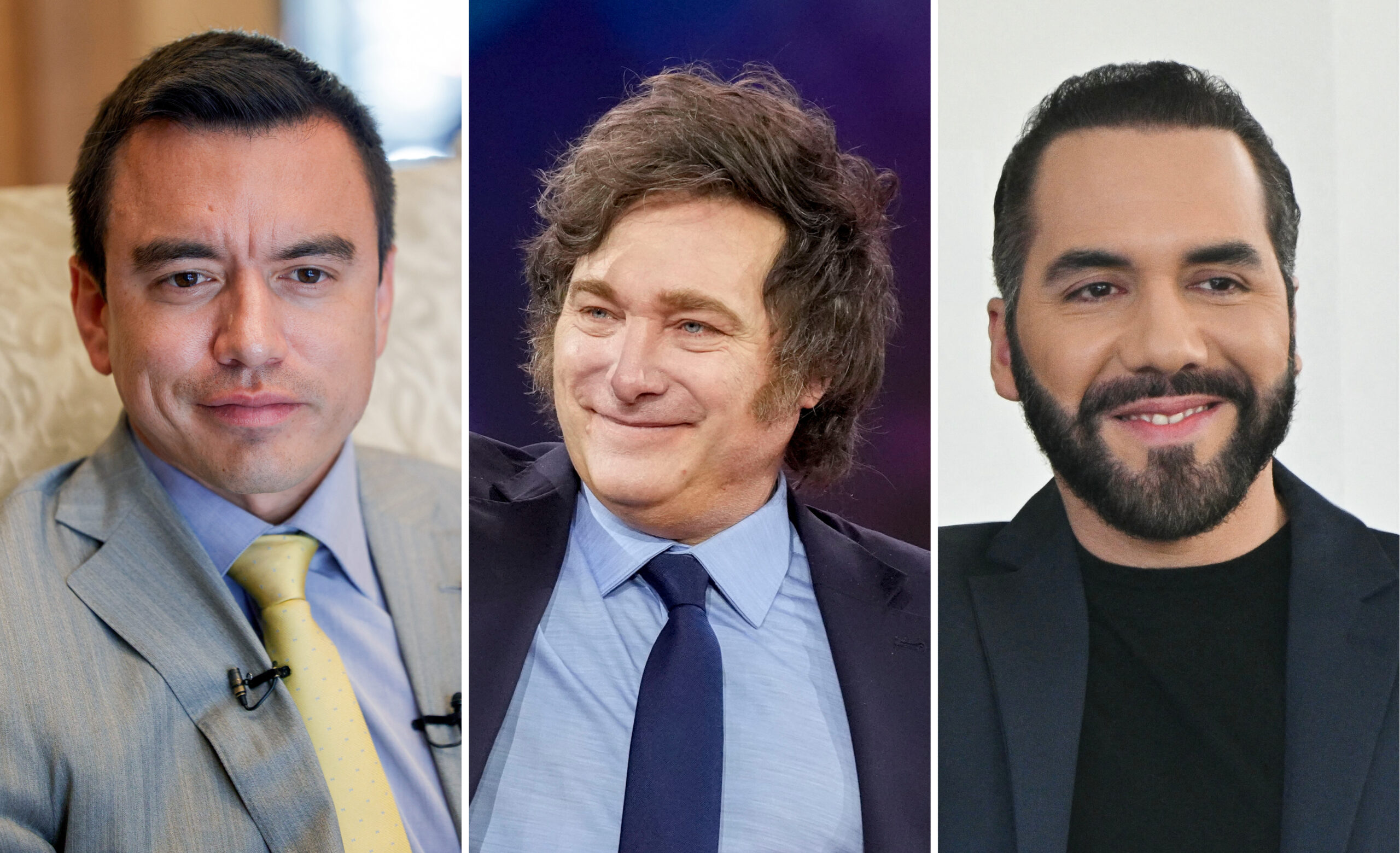He was an indifferent leader defending an indifferent record. And yet Daniel Noboa won Ecuador’s run-off presidential election last month by a clear margin. It is true that he benefited, perhaps unduly, from his ability as an incumbent to hand out checks. Above all, a majority of Ecuadorians continue to oppose Rafael Correa, the leftist-populist former president behind Luisa González, Noboa’s beaten rival.
His victory reinforces two recent tendencies in Latin American politics. First, that incumbency is no longer the burden that it was in the region’s years of rage that saw “social explosions” on the streets of several countries and the defeat of government-linked candidates in 20 out of 22 free elections between 2018 and 2023. That pattern frayed last year, with elections in El Salvador, the Dominican Republic and Mexico endorsing continuity.
The second, and more consequential trend, is that Latin America began moving to the right even as some pundits were talking about a “second pink tide”, harking back to the leftward shift of the early 2000s. In early 2023 six of the region’s seven most populous countries had, at least nominally, left-of-center governments. But only months later the right turn was evident. Not only did Javier Milei, a hard-right libertarian, surprise many analysts by being elected as Argentina’s president in November 2023, having defeated center-right candidates in primaries. In municipal elections in Brazil and Chile last year, the center-right emerged as clear winners.
Of course, this shift is not uniform. Such trends rarely are in Latin America. The crushing victory of Claudia Sheinbaum in Mexico’s election last year may have owed everything to the popularity and political acumen of Andrés Manuel López Obrador, her nationalist-populist political patron. But she is a politician of the hard left, tempered by the realities of power and of co-existing with Donald Trump.
Such is the cultural grip of the Indigenous left in Bolivia that despite its divisions and economic mismanagement, it may well hold on to power in an election in August. In Honduras in November the ruling leftist family of Xiomara Castro and Mel Zelaya may well bend the rules to prevent an otherwise probable opposition victory. But at least on paper the right looks well-placed in Argentina’s important legislative vote in October and in the big contests coming up in Chile in November and next year in Peru, Colombia and Brazil.
Security, the economy and ideology
There are three reasons behind the rightward shift. The first is the spread and metastasis of organized crime across the region. Extortion and violent robbery have made security an urgent citizen concern. In response, the left tends to offer sociology, to focus on the root causes of crime, which it sees as lying in inequality and poverty. Unless backed up by dissuasive force or sanction, that approach, however worthy, offers no relief for those who live in fear. That is why initiatives such as López Obrador’s abrazos, no balazos (hugs, not bullets) or Gustavo Petro’s “total peace” tend to fail. It is Nayib Bukele’s prison state that grabs the imagination of many Latin Americans, however unjust and unexportable it is as a policy. Not for nothing is Bukele the most admired leader in the region, according to the Latinobarómetro poll.
The second reason is economics. For a decade now, Latin America has suffered only minimal economic growth per person. Left-wing governments proposed to change that with a more active role for the state and with industrial policies. Whether or not such policies might work, there has been little scope for them. Suspicious bond investors have imposed limits.
Take Lula’s third term in Brazil. With gross public debt of nearly 90% of GDP and a fiscal deficit of close to 6% of GDP, foreign financial investors dumped Brazilian assets last year, causing the real to fall in value by a fifth and obliging the authorities to adopt a restrictive monetary policy. Petro’s Colombia has faced similar skepticism. Rather, it is Milei’s Argentina, with his successful stabilization program and radical deregulation, that is now setting the economic pace.
The initial popular reaction to the slowdown and to dashed expectations was one of frustration, expressed in the “social explosions” and the rejection of the political class. Since the pandemic, that has seemed to give way to a pragmatic focus on everyday needs. This may have contributed to an ideological shift. Latinobarómetro’s survey last year found a small but significant increase in those who identify as being to the right of center. Rejection of “wokery” (for want of a better word) and the continuing strength of conservative values of family and religion may be involved. Lastly, the right has adapted more quickly to the digital world of political communication, with its polarization and disinformation.
The durability of the hard right
The big questions now are what kind of right-wing are we talking about, and whether it can avoid falling victim to infighting. In Latin America, as in Europe and the United States, the past few years have seen the rise of an intolerant hard right, exemplified by Jair Bolsonaro in Brazil and (to a lesser extent) Milei. Despite his alleged involvement in a coup plot to stop Lula taking office (which he has denied), Bolsonaro continues to exercise a grip over Brazilian conservatism.
In Chile Evelyn Matthei of the traditional center-right faces two more radical rivals in José Antonio Kast and Johannes Kaiser. Colombia’s post-uribista hard right may well sweep away more moderate figures. After four years of gross misgovernment under Pedro Castillo and then Dina Boluarte, Peru looks ripe for an authoritarian leader, whether nominally of the right or left.
What role will the example of Donald Trump play in all this? His bullying of Mexico has added to Sheinbaum’s huge popularity, just as he helped to bring about an unlikely Liberal victory in Canada. Elsewhere in the region, his policies have so far had less impact. That may temper any nationalist reaction. His example has legitimized the hard right. Radicalism and division are the main threats to conservative dominance, and could yet bring about narrow victories for the center-left in Chile and Brazil. Even so, the tide is now flowing to the right in Latin America.






